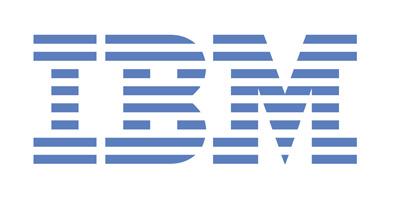Mr. Harry, Branch Manager, Luxemburg Main Branch of XYZ Bank was wondering as to what could be done to restore the punctuality of the staff in his branch. A majority of the staff members were taking time off from the work, on a number of occasions, during the day, which resulted in work remaining incomplete, and in the payment of overtime wages for its completion. The problem was generally not faced by other banks in Luxemburg, except the PQR Bank, another Indian bank having branches in Luxemburg. Other local and British banks were able to exercise sufficient control over their staff to ensure proper attendance and maintain office decorum. Initially, Mr. Harry tried to persuade the staff to be punctual. He sermonized them on several occasions. None of this, however, made any dent on the problem. Failing in these methods, he resorted to punishment of the erring members of the Continue reading
Human Resource Case Studies
Case Study of Dell: Employee Training and Development
Michael Dell, the CEO of Dell Computer Corporation, in a recent annual report, summarized where the CEO stands on the role that learning plays in his company. He said it was people who produced results in any business, laying emphasis on how building a talented workforce remained Dell’s greatest priority as well as its greatest challenge. This challenge contained two primary issues. The first being training, developing and retaining their existing employees so they continue capitalizing on the career opportunities Dell’s growth provides them. The second being to actually successfully recruit employees at all levels to support Dell. The CEO said the company progressed pertaining to both issues in the previous fiscal year, adding Dell would continue to keep it a critical area of focus. Dell filled more than half of its executive-level positions with promotions from within the organization, hiring the remaining externally. Dell also modified its core training Continue reading
Case Study of IBM: Employee Training through E-Learning
“E-learning is a technology area that often has both first-tier benefits, such as reduced travel costs, and second-tier benefits, such as increased employee performance that directly impacts profitability.” – Rebecca Wettemann, research director for Nucleus Research In 2002, the International Business Machines Corporation (IBM) was ranked fourth by the Training magazine on it’s “The 2002 Training Top 100”. The magazine ranked companies based on their commitment towards workforce development and training imparted to employees even during periods of financial uncertainty. Since its inception, IBM had been focusing on human resources development: The company concentrated on the education and training of its employees as an integral part of their development. During the mid 1990s, IBM reportedly spent about $1 billion for training its employees. However, in the late 1990s, IBM undertook a cost cutting drive, and started looking for ways to train its employees effectively at lower costs. After considerable research, Continue reading
Case Study of Nestle: Training and Development
Nestle is world’s leading food company, with a 135-year history and operations in virtually every country in the world. Nestle’s principal assets are not office buildings, factories, or even brands. Rather, it is the fact that they are a global organization comprised of many nationalities, religions, and ethnic backgrounds all working together in one single unifying corporate culture. Culture at Nestle and Human Resources Policy Nestle culture unifies people on all continents. The most important parts of Nestle’s business strategy and culture are the development of human capacity in each country where they operate. Learning is an integral part of Nestle’s culture. This is firmly stated in The Nestle Human Resources Policy, a totally new policy that encompasses the guidelines that constitute a sound basis for efficient and effective human resource management. People development is the driving force of the policy, which includes clear principles on non-discrimination, the right of Continue reading
Case Study: Analysis of Performance Management at British Petroleum
British Petroleum (BP plc) is a multinational oil company headquartered in London, United Kingdom. They’re the third largest oil company in the world, and the fourth largest company worldwide measured by revenues. Employing over 78,000 workers around the world, BP’s Human Resources play a very important role in the company achieving success. BP recognized this and in 2010, BP’s executive team agreed a high-level philosophy covering their required practices of performance management as well as a set of guiding principles for rewards, in order to monitor performance and best motivate employees to reach objectives. In hope of achieving individual success as well as team success. Performance Management is a process which enhances the effective management of individuals and teams to achieve high level of organizational performance. When not used effectively, there can be many issues with performance management practices and this is why BP executives have chosen to publish this Continue reading




